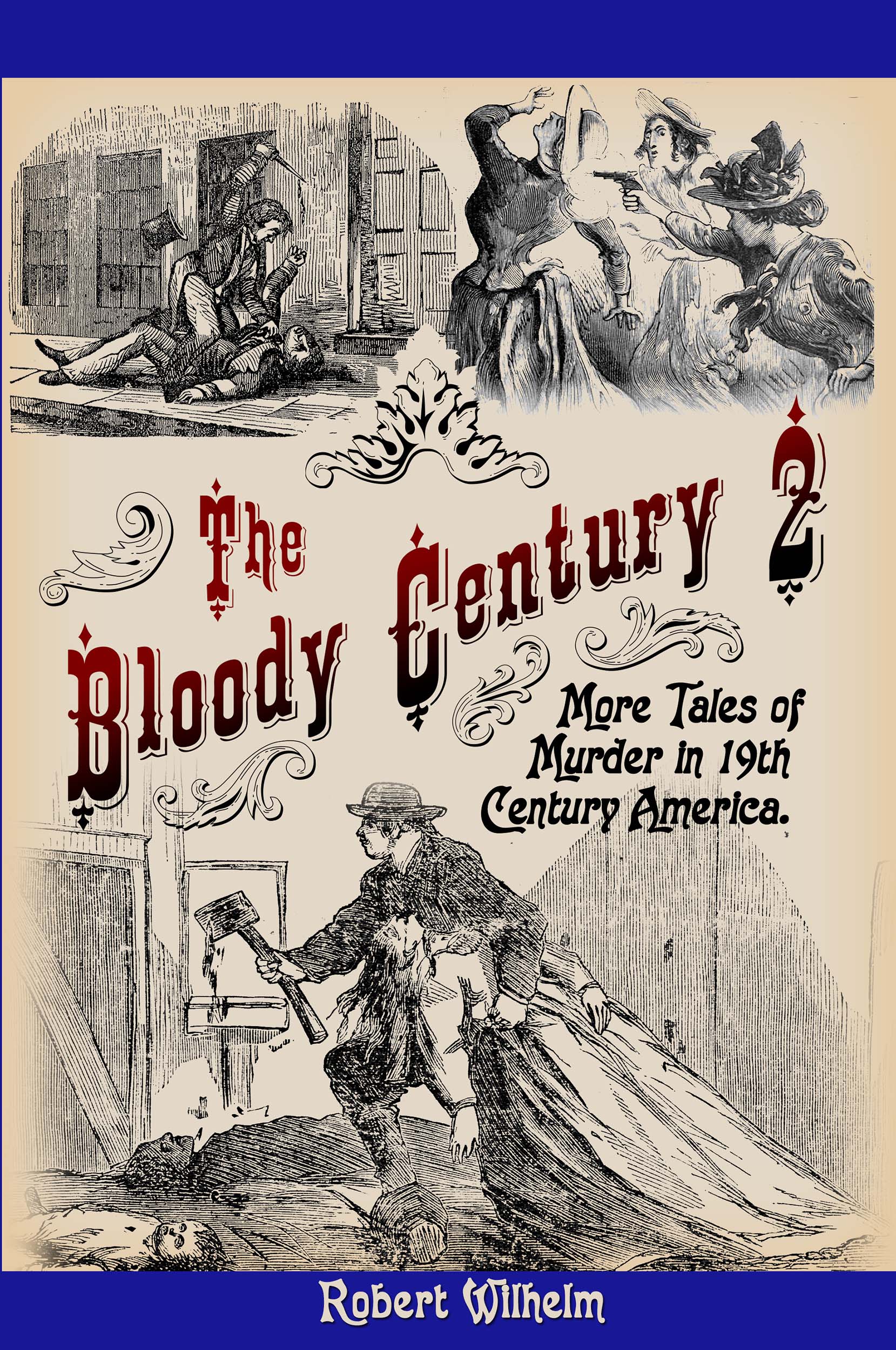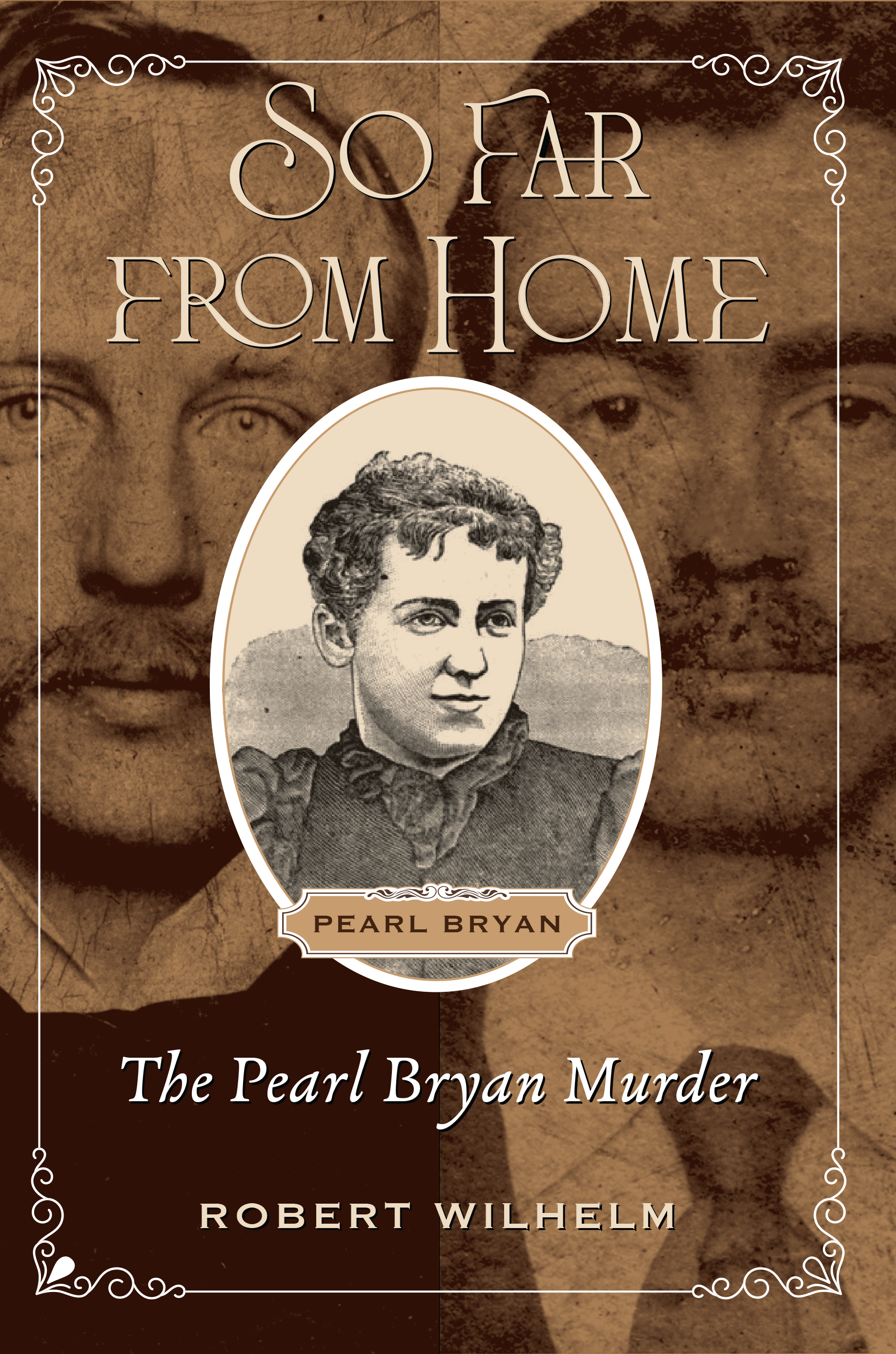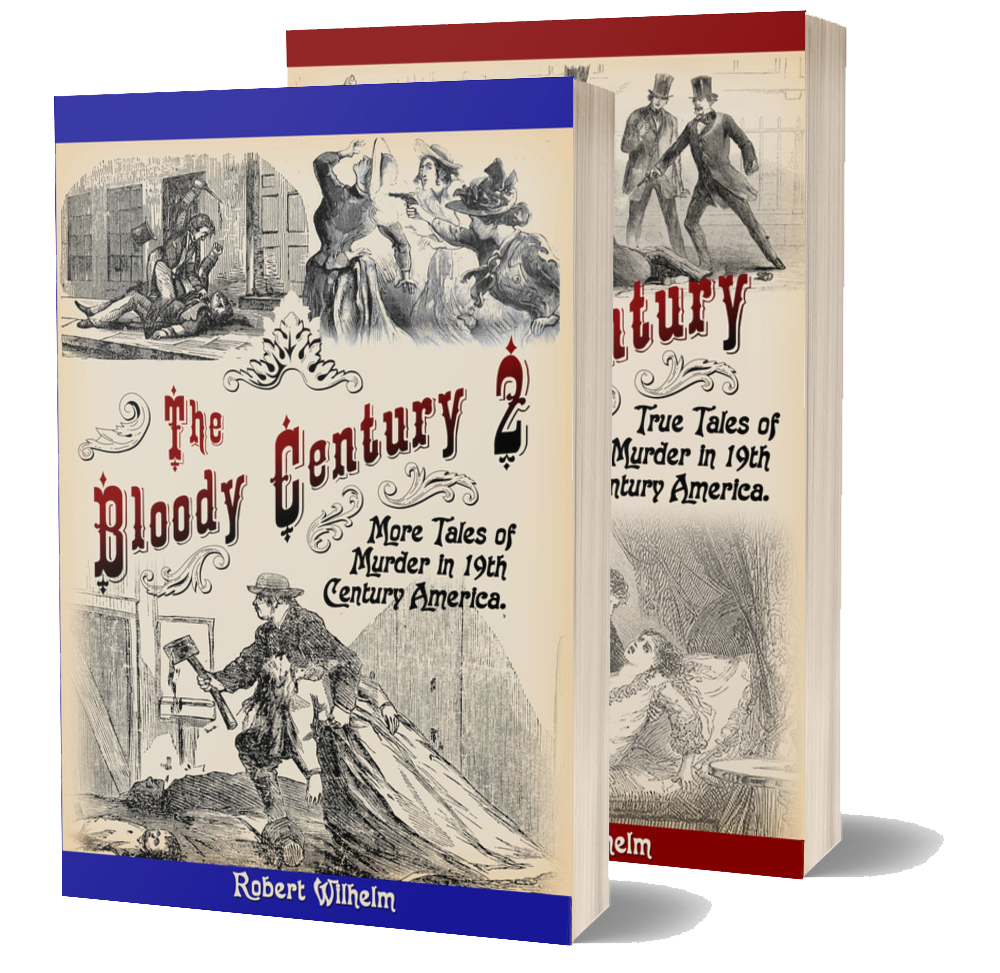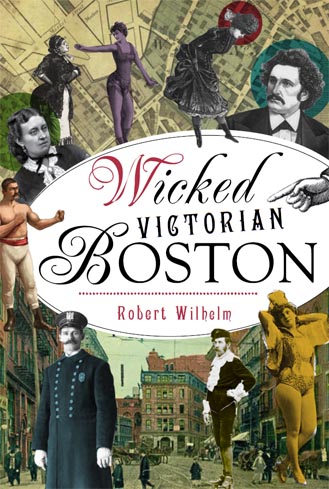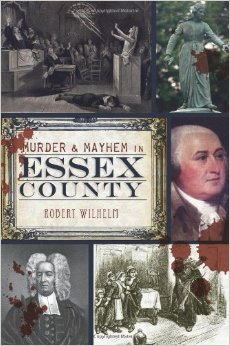
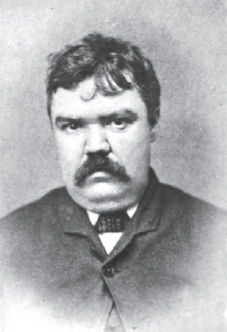
alias: MITCHELL, WILLIAMS
PICKPOCKET, SHOPLIFTER
Deep roots anchor P.J. Clarke’s, the restaurant and bar occupying a Civil War–era brick building with its top two floors sheered off at Third Avenue and 55th Street. Converted into a tavern in 1884 when Irish laborers held a large presence in the developing neighborhood, the building was bought by Irish immigrant Patrick “Paddy” J. […]
More...
Ephemeral New York - 9/15/2025
Soapy Smith STAR NotebookPage 22 - Original copy
1884Courtesy of Geri Murphy(Click image to enlarge)
ADDENDUM: Published September 12, 2025(At bottom of page)
oapy Smith's "STAR" notebook, 1883-84, St. Louis, San Francisco, Soapy arrested: Pages #22-23
This post is on page 22 and 23 of the "STAR" notebook. I am combining these two pages as they only account for a total of
More...
Soapy Smith's Soap Box - 8/27/2025
A journal dedicated to stamp-collecting seems like an unlikely place to find a prime slice of The Weird, but that just goes to show that life is full of surprises. In 1928, “The Stamp Lover” carried an article by one C.H.R. Andrews titled “The Red Dragon Stamps” that is, frankly, not quite like anything I’ve ever heard of. I’m a bit surprised that Andrews’ story seemed to languish in
More...
Strange Company - 9/15/2025
Deep roots anchor P.J. Clarke’s, the restaurant and bar occupying a Civil War–era brick building with its top two floors sheered off at Third Avenue and 55th Street. Converted into a tavern in 1884 when Irish laborers held a large presence in the developing neighborhood, the building was bought by Irish immigrant Patrick “Paddy” J. […]
More...
Ephemeral New York - 9/15/2025
Stop by this week as we explore what happened the week before the murders, Emma and Lizzie’s getaway to Fairhaven and New Bedford, and new imagery which will help to tell the story. The pears are almost ripe, August 4th is coming fast, and thoughts begin to turn to that house on Second Street once again. Follow us at https://www.facebook.com/lizziebordenwarpsandwefts/ !
More...
Lizzie Borden: Warps and Wefts - 7/26/2025
A journal dedicated to stamp-collecting seems like an unlikely place to find a prime slice of The Weird, but that just goes to show that life is full of surprises. In 1928, “The Stamp Lover” carried an article by one C.H.R. Andrews titled “The Red Dragon Stamps” that is, frankly, not quite like anything I’ve ever heard of. I’m a bit surprised that Andrews’ story seemed to languish in
More...
Strange Company - 9/15/2025
Soapy Smith STAR NotebookPage 22 - Original copy
1884Courtesy of Geri Murphy(Click image to enlarge)
ADDENDUM: Published September 12, 2025(At bottom of page)
oapy Smith's "STAR" notebook, 1883-84, St. Louis, San Francisco, Soapy arrested: Pages #22-23
This post is on page 22 and 23 of the "STAR" notebook. I am combining these two pages as they only account for a total of
More...
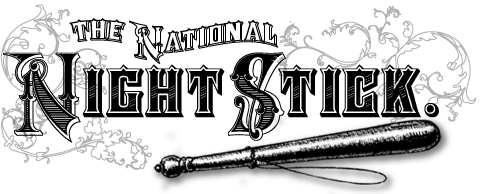



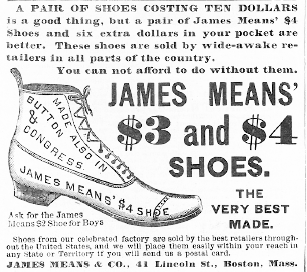


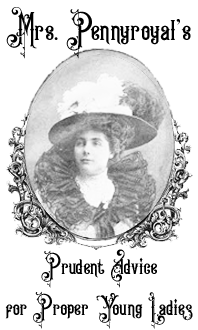


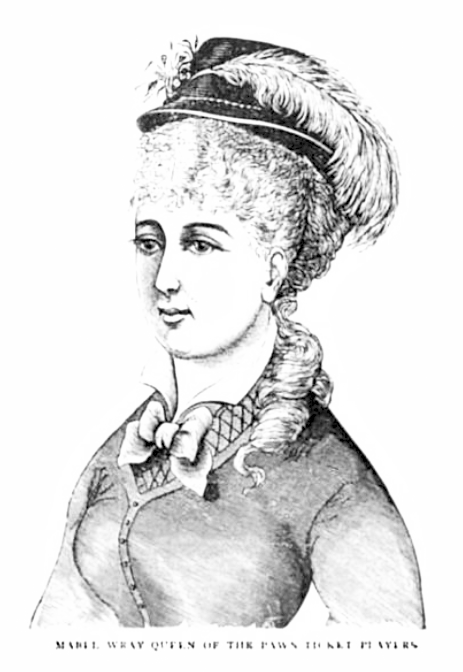 Mabel Wray, "Queen of the Pawn-Ticket Players."
Mabel Wray, "Queen of the Pawn-Ticket Players."